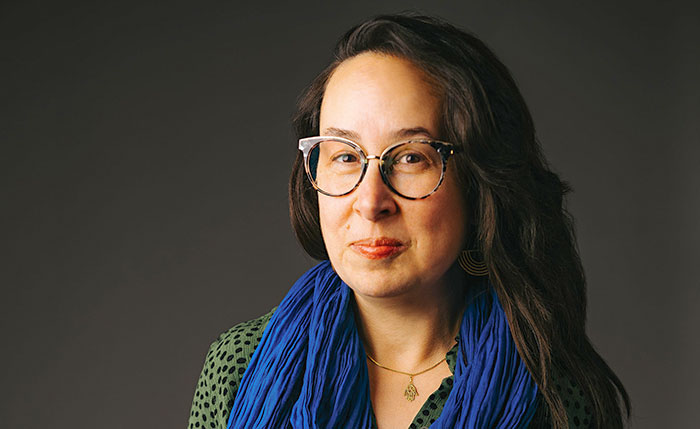Sanitation fee hike will make small dent in family budget
Claremont residents will see a slight spike in sanitation fees for the first time in 4 years beginning August 10.
The Claremont City Council unanimously approved raising sanitation rates due to a 2 percent increase in inflation as measured by the Consumer Price Index (CPI.) Council members saw the increase as necessary to sustain ongoing operations, particularly given the need to replace sanitation vehicles, which are estimated at $795,882 through 2013-2014.
“Although nobody likes to see an increase, it is consistent with our reserve policy and is needed,” said Mayor Larry Schroeder.
The rise will onlyl make a small dent with an average of $0.58 more monthly per household, just under $7 a year. It is estimated to generate about $96,680 annually.
The last time the council approved raising the rates was in October 2008, a hike that included only multi-family units, commercial bins and temporary bin rentals. Rates for single-family homes have not been raised since 2004. Since the last time fees were raised, the CPI for single and multi-family units has risen 23.7 and 7 percent, respectively.
The city’s reserve policy requires that a minimum of 15 percent be set aside in its Enterprise Fund to pay for the replacement of sanitation vehicles and equipment. Projected expenditures over the next 2 years show that the city will fall below the minimum requirement. Expenditures include insurance, maintenance and the replacement of 8 sanitation vehicles through 2015-2016.
“Were the city to move forward with all scheduled replacements without the recommended CPI fee increase, the Sanitation Fund would deplete all of its available unrestricted fund balance within a 4-year period,” said Community and Human Services Manager Kristin Turner. She added that staff will continue to explore a cost analysis of leasing sanitation vehicles as an alternative, but initial research has shown little savings.
The council directed Mr. Schroeder to appoint an ad hoc committee responsible for reviewing the city’s sanitation services. The hope is that the committee will explore ways the city can incorporate sustainability into sanitation cost savings.
“We do need to be sustainable with that Enterprise Fund, but I think the great opportunity is going to be in how we direct this ad hoc committee in terms of bringing in the sustainability issues,” said Councilmember Sam Pedroza. “I’d like to really beef up what we want out of that ad hoc committee to really look at the opportunities we have.”
*****
The Wilderness Park makeover became more involved this week with the approval of a new concrete pedestrian pathway. It’s the second approved addition to the popular north Claremont hiking destination. Plans are already underway for an expansion of the wilderness area’s north parking lot.
The council directed staff to explore moving the existing pathway from the east side of Mills Avenue to just inside the existing row of oleanders on the west. The approval of the hidden, 5-foot-wide walkway was an attempt to help give neighboring communities additional peace and quiet while also managing the dangers of the high level of pedestrian traffic.
Eager to explore options that solve residents’ concerns, the council unanimously approved the project.
“I feel for the neighbors. With that type of foot traffic, I can’t imagine what it’s like to live up there,” Mr. Schroeder said. “These things do take time and I appreciate the neighbors being as patient as they’ve been.”
It was a decision that pleased homeowners of the Adirondack tract, located next to the Wilderness Park, who have been seeking solace from noise and congestion.
“Every morning when I go to work I’m hoping that I’m not going to run over someone,” said Richard Chavez, a resident of Adirondack. “I could be driving, inching along, and they’ll stay right directly in front of the vehicle, not even aware of what’s going on around them.”
Before exact costs can be determined for the pathway, the city will need to spend $5000 to $10,000 to conduct an engineering report and accompanying environmental studies because of irregularities in grading along the pathway. Similar to funding for the parking lot expansion, cost for the pathway will be fronted by the city and paid back by parking lot revenue. It is expected to cost a year’s worth of parking fees, in addition to the 2 years of fees for the parking lot expansion, to repay the city.
Mayor Pro Tem Opanyi Nasiali and Councilmember Joe Lyons expressed initial concern about the added expenditure. Mr. Nasiali suggested leaving the pathways alone until the completion of the parking expansion, which he felt might alleviate some of the congestion experienced on the streets.
“Let’s see what the enforcement can do,” Mr. Nasiali advised.
However, the majority of the council felt a need to find a more immediate solution for residents living near the park. In the end, the vote in favor was unanimous.
“Our job is to provide that safety element and be respectful to the neighborhoods,” said Mr. Pedroza. “With this trial, I think we are doing both of those things.”
City Engineer Craig Bradshaw expects to have the studies on the pathway back for council review by Tuesday, July 24.
*****
The council decided to forego adopting specific policies on city sponsorship of community events.
Exploration of adopting such a policy was brought forward in late May after controversy relating to the city’s co-sponsorship of an event that included a Catholic mass.
Council members referred their decision to the old saying, “if it’s not broke, don’t fix it,” noting laws already set in place to protect the violation of church and state.
“There is already reference to this in the Constitution. We don’t need to add to it. It just makes things more complicated,” said Councilmember Corey Calaycay. “We addressed the issue, we moved on.”
—Beth Hartnett
news@claremont-courier.com










0 Comments